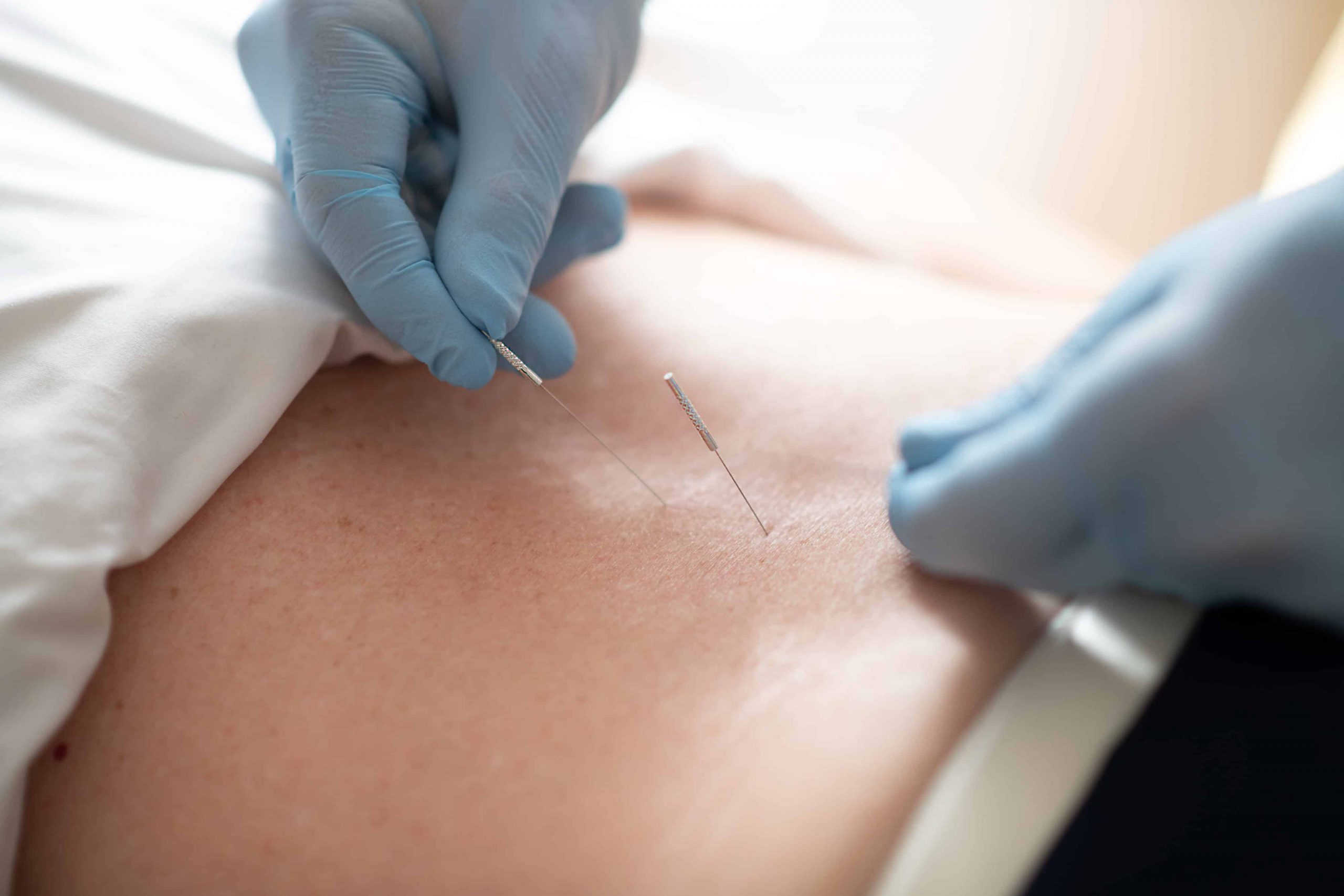Have you ever felt a knot or tension in your muscles around your neck or shoulders that seemed to be causing headaches or pain into your arm or back? This is just one of the many examples that can be addressed with the assistance of dry needling.
Myofascial (muscle and connective tissue) pain is a common syndrome seen by many family practitioners worldwide. Epidemiologic studies from the United States have shown that trigger points were the primary source of pain in 30% to 85% of patients presenting in a primary care setting or pain clinic because of pain. An estimated 116 million Americans suffer from chronic pain, at a cost of over $600 billion per year, or roughly $2000 per person per year(1). As we all know this is a problem!
What is dry needling?

Dry Needling is a common treatment technique used by Physical Therapists or other trained healthcare practitioners to treat pain and dysfunction caused by muscle guarding and/or trigger points within the muscles.(2) It is the same needle used in acupuncture that is very thin and inserted through the skin and into the muscle leading to a cascade of chemical events. To put it simply, the needle causes a relaxation of those muscles. This allows for increased blood circulation which brings fresh oxygenated blood into the area and flushes out the waste products given off by the tight contracted muscles.
What are trigger points?
Trigger points are taut bands within the muscle that are usually palpable and can refer pain into other areas of the body, leading to headaches, numbness/pain down the arm or leg, decreased joint range of motion, and movement dysfunctions.
Conditions that can be treated with dry needling
- Neck pain
- Shoulder impingement
- Tennis/golfers elbow
- Headaches
- IT Band Syndrome
- Hip pain
- Sciatica
- Low back pain
- Plantar fasciitis
- Shin Splints
Time and time again I have seen my patients obtain results with complete elimination of symptoms, and improvement in their flexibility and joint range of motion following dry needling. After treatment this is a great time to perform exercise that may have originally been painful prior to dry needling. Performance of exercise is a great way to continue to bring blood flow to the area for improved healing and normalization of muscle tone.
Feel free to reach out with any questions or if you want to know more at andy@theroyaltreatment.physio
- Mintken PE, Moore JR, Flynn TW. Physical Therapists’ Role in Solving the Opioid Epidemic. J Orthop Sports Phys Ther. 2018 May;48(5):349-353.
- Kalichman L, Vulfsons S. Dry needling in the management musculoskeletal pain. J Am Board Fam Med.2010;23(5):640–646